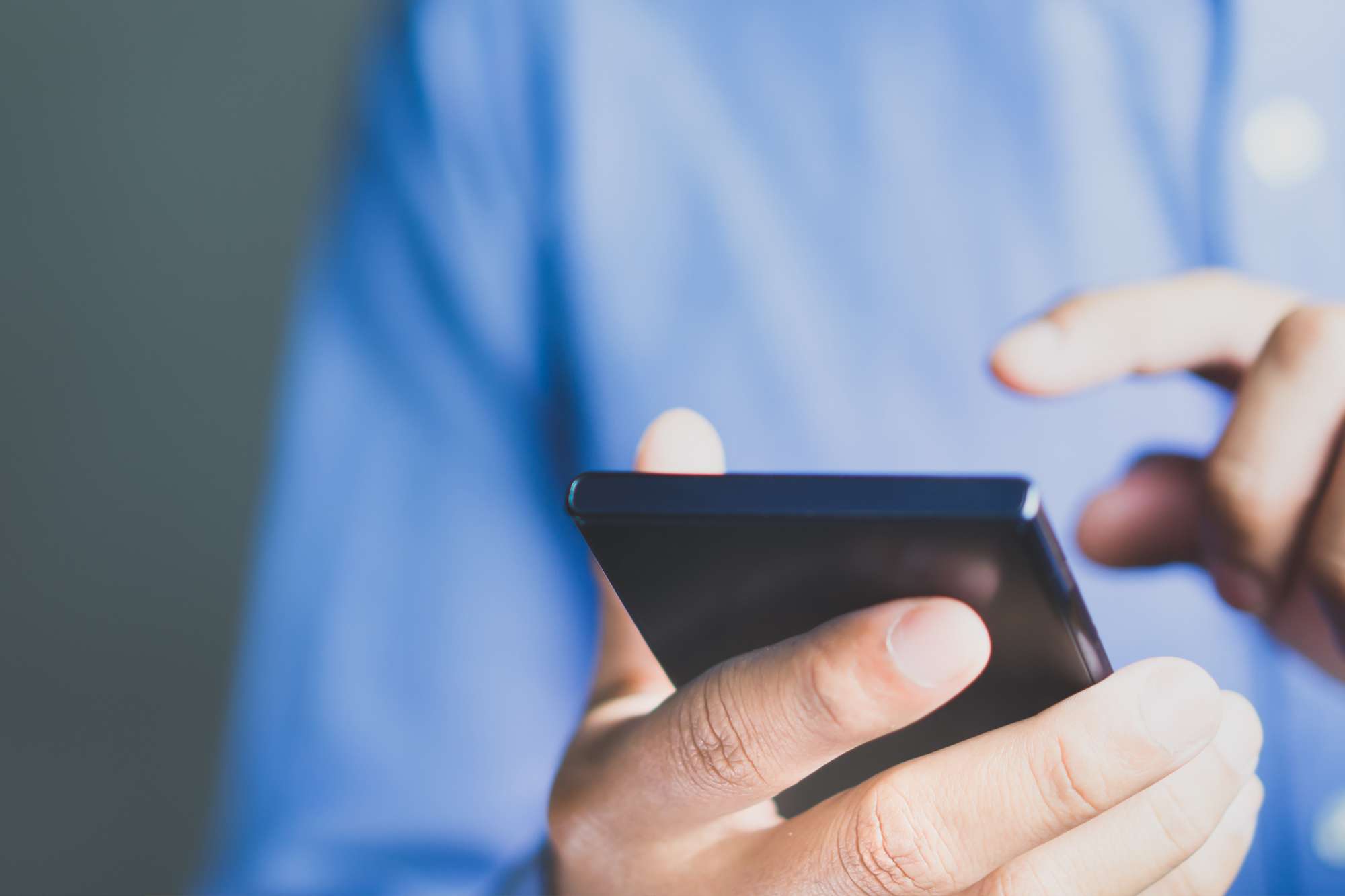The way consumers shop is constantly changing. Shopify reports that 69.4% of internet users made a purchase on a mobile device this year. As the popularity of eCommerce grows, brands have to find new and innovative ways to market to their consumers. With the holiday season right around the corner, there’s no time like the present to use the gift of SMS to better reach your customers, get in front of competitors, and increase sales.
Stocking Up on Subscribers
Whether you are already using SMS or you are just starting out, it is important to grow and refine your SMS subscriber list before Black Friday & Cyber Monday (BFCM). Leveraging your existing email subscriber list can be a good place to start. You can also create signup forms on your website to collect SMS consent. These forms can vary from popups, flyouts, and embedded forms at checkout. Here are suggested sign-up form benchmarks:
SMS Sign-Up Form Submission Rates*
| Average | Top 10% | |
| Popout | 3.6% | 10% |
| Flyout | 2.4% | 6.2% |
| Embed | 0.3% | 24% |
*Source: Klavyio, 2022
Keeping these benchmarks in mind can be helpful when implementing sign-up forms. Once your sign-up forms are live, A/B test as much as possible before the holiday season to see which forms are working and which aren’t. Here are some best practices to consider in your testing:
- Forms that include a teaser before 1.6x better
- Offer perks or incentives in exchange for SMS consent, such as an additional 10% discount, first to know sale details, or a free gift box.
- Consumers want to know when their packages are arriving, especially during the holidays, so offer shipping text updates after order confirmation as a creative way to gather SMS subscribers.
Segment Before You Send
Once you have an SMS list, and have checked it twice, it is time to create the strategy for your SMS campaigns. Your SMS campaigns should be built around your different audiences. Blast campaigns are a sure way to generate opt-outs. Think: "Who do I want to receive this message?" Segment your audience based on shown interest, then target with personalized messages for that segment to keep unsubscribe rates low. Here are some tips when beginning to write your messages:
- Keep it short and sweet – messages with fewer characters have provided better click through rates.
- Include your store/brand name to stand out from spam messages
- Continue to A/B test copy to ensure you have the best performing campaigns ready for BFCM.
Go with the Flow
Once you have established your messaging, consider which channels you will use to communicate with your customers. Brands that combine email and SMS see 122x ROI on average, according to Klaviyo.
You can choose whether to start your campaign flow with an email, SMS, or send both at the same time and follow up with sending the next message through the channel in which the user engages. Don’t be afraid to reach out to your consumers – Klaviyo suggests 7 SMS campaigns per month. A/B testing different flows will determine which receives the most engagement.
During BFCM, consumers’ inboxes are oversaturated with messages and promotions from brands. SMS offers a more immediate channel to reach your audience without possible time delays with email. Here are some tips to get your campaigns in front of your consumer:
- Schedule campaigns to send in the morning so your messages get out as fast as possible.
- Don’t send messages during quiet hours – keep sending times between 9 a.m. - 8 p.m. in the consumers’ timezone.
- Avoid using MMS – consumers are more likely to read shorter SMS messages during the holidays
- Use the “last chance” promotion to reach out to subscribers that haven’t yet participated in the sale
Get BOLD with Your SMS
At BOLD, we partner with Klaviyo because it is the best technology to harness email and SMS. Klaviyo gives our clients the ability to understand which channel and messaging works best for their brand. Klaviyo reports that customers who combine email and SMS produce 10% more revenue. Advanced A/B testing tools allow users to view email and SMS campaigns side by side to see which messages and flows drive revenue and which don’t.

